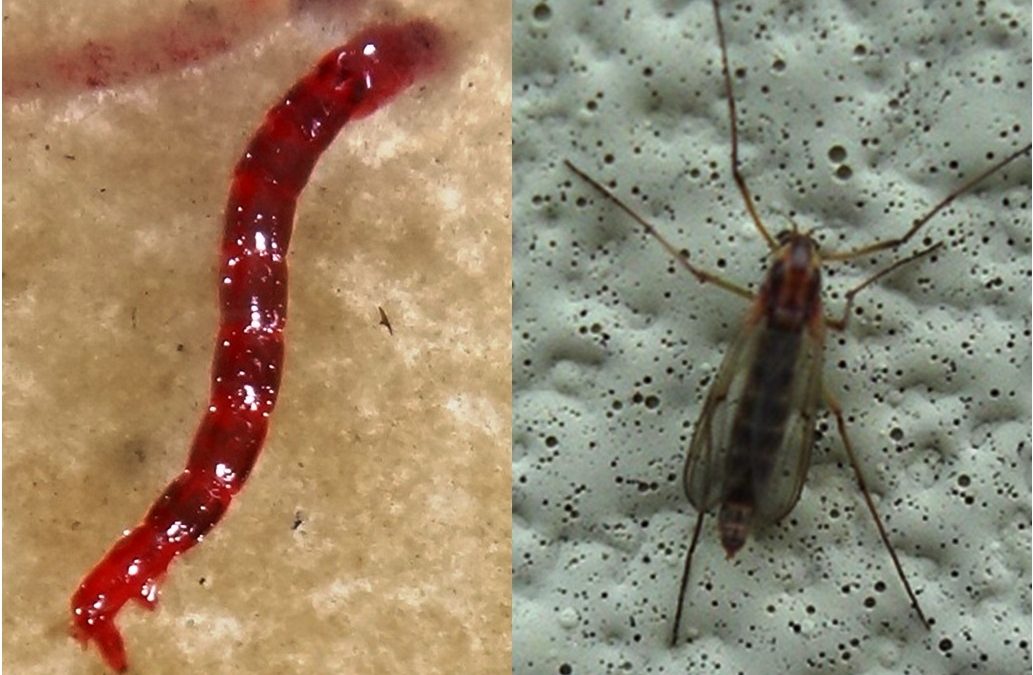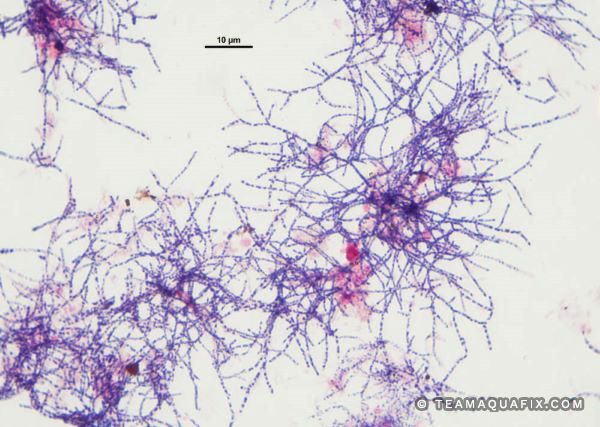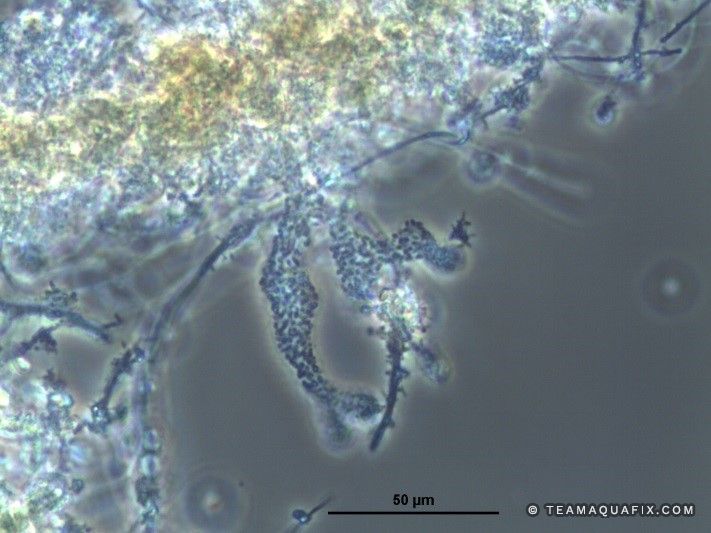
by Technical Expert | Apr 9, 2015 | Espanol, Midge Flies |
¿Sufre su planta de tratamiento de aguas servidas o laguna de estabilización de una infestación de los quironómidos? Los quironómidos, que se parecen a los mosquitos o zancudos pero no chupan sangre, comúnmente se manifiestan en las áreas de tratamiento de aguas...

by Technical Expert | Apr 9, 2015 | Espanol, Nitrification |
Los directores de las plantas de aguas servidas que sufren de niveles altos del amoníaco nos piden a nosotros ayuda. Usamos unos microorganismos para oxidar el amoníaco y transformarlo en forma de nitrato. Creamos nuestros productos de nitrificación específicamente...

by Technical Expert | Apr 9, 2015 | Espanol, Microorganism |
El problema: Nocardia – se forma en las plantas de barros activados y en los Reactores Discontinuos Secuenciales (RDS) La causa: Una cantidad alta de grasas, aceites, y lubricantes en las plantas de tratamiento de aguas servidas El remedio: Controle Nocardia con...
![Microthrix Parvicella]()
by Technical Expert | Apr 9, 2015 | Espanol, Filaments |
Microthrix Parvicella es un filamento Gram positivo y Neisser negativo que muchas veces se forma de hilos largos y delgados, agrupados en enredos que parecen a pilas de espaguetis, y sin evidencia de ramificación o septos visibles en las células (1). Cuando se...
by Technical Expert | Apr 9, 2015 | Espanol, Filaments |
Sphaerotilus natans en el fango activado de plantas Sphaerotilus natans, comúnmente llamado S. natans, es una bacteria filamentosa que muchas veces se puede encontrar en las plantas de tratamiento de aguas servidas. A menudo es la causa principal de “bulking” y...

by Technical Expert | Apr 9, 2015 | Espanol, Microorganism |
Si los filamentos no son la causa del “bulking” en su planta, es probable que es la bacteria llamada Zoogloea ramigera. Zoogloea ramigera tiene células con forma de barra y se tiñe como Gram negativo y puede parecerse como dedos o ramas de un árbol. Bajo condiciones...
by Technical Expert | Apr 9, 2015 | Solutions |
Sulfide reducing bacteria (SRB) are obligate anaerobic bacteria that can be broken into two broad nutritional groups (7): Can achieve partial oxidation of a limited range of carbon sources, such as lactate to acetate, Capable of oxidizing a wide range of carbon...
![Microthrix Parvicella]()
by Technical Expert | Apr 6, 2015 | Filaments |
Sphaerotilus natans (S. natans) is a large gram negative filament that causes lots of bulking in wastewater if proper conditions exist. It is usually easy to identify because of its false branching, and large sausage-shaped cells. False branching is when two of the...
![Microthrix Parvicella]()
by Technical Expert | Mar 30, 2015 | Microorganism, Unique Applications, Wastewater |
Membrane Bioreactors or MBRs are like sheets of fabric (membranes) that filter wastewater with the aid of suspended solids. As biofouling occurs, the membrane pores start to fill up with microorganisms that produce slime, which can lead to Nocardia, foaming, and...
![Microthrix Parvicella]()
by Technical Expert | Feb 26, 2015 | Wastewater |
The cold is known to bring many upsets to wastewater treatment plants, the most common being rising ammonia levels or a loss of nitrification. Nitrifying bacteria have a thin cell wall, thus making them more susceptible to toxicity. The cold weather only makes this...
![Microthrix Parvicella]()
by Technical Expert | Nov 18, 2014 | Unique Applications |
Hand sanitizer contains antimicrobial agents like triclosan, which is known to disrupt the bacterial environment in wastewater treatment. Over the past decade we’ve seen an increase in the use of hand sanitizers in domestic and industrial use, especially...
![Microthrix Parvicella]()
by Technical Expert | Nov 17, 2014 | Solutions, Wastewater |
The foaming filament Nocardia is a voracious eater in wastewater treatment plants. In the smallest amount, Nocardia can be beneficial to a WWTP by aiding to lower BOD. When customers call with Nocardia, they will comment on their low effluent BOD. Small amounts of...
![Microthrix Parvicella]()
by Technical Expert | Sep 12, 2014 | Wastewater |
Winery expansion has been growing fast over the past decade, and the high demand for fermented grapes has put a toll on winery wastewater treatment. Their treatment plants already have trouble keeping a stable operation as their load variability changes so often,...
![Microthrix Parvicella]()
by Technical Expert | Aug 11, 2014 | Wastewater |
In the summer, when the water is warm, it’s natural to have low dissolved oxygen. For every 5 degrees F warmer, the bacteria activity doubles. When the bacterial activity rises, so does the oxygen demand. When this happens the plants can get low DO filaments that...
by Technical Expert | Jul 24, 2014 | Solutions, Unique Applications, Wastewater |
In treating waste from a canning or vegetable processing facility, our approach varies depending on what is being processed. Waste from these facilities tend to be high in starch from legumes, peas, carrots, potatoes, etc and can also be high in BOD and oils when...
![Microthrix Parvicella]()
by Technical Expert | Jun 6, 2014 | Wastewater |
What is causing foaming, filaments and BOD violations in your wastewater treatment plant? Knowing your 30 minute settling may tell. The cause of different types of settling will vary and understanding settling will give you more insight on the issues occurring in...





